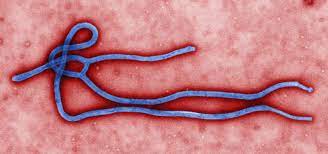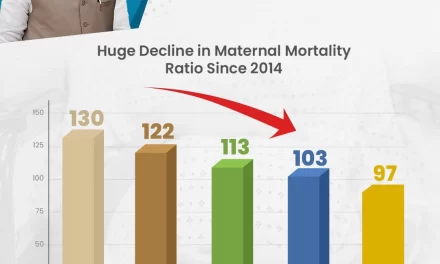La Jolla Institute for Immunology Scientists Discover a Key Antibody for Ebola Virus Treatment
In a major breakthrough for global health and pandemic preparedness, researchers from La Jolla Institute for Immunology (LJI) have unveiled a human antibody that could be a game-changer in the fight against Ebola virus. The antibody, named mAb 3A6, was isolated from a survivor of the 2014-2016 Ebola virus outbreak in West Africa, which resulted in over 11,300 deaths.
The new research, published in Nature Communications, demonstrates that mAb 3A6 can block Ebola infection by binding to a critical part of the virus’s structure, known as the “stalk.” The study, led by LJI Professor Erica Ollmann Saphire, Ph.D., MBA, alongside collaborators from Cambridge University, the National Institute of Allergy and Infectious Diseases (NIAID), and Emory University, offers new hope for creating effective therapeutics.
Promising Results in Primate Studies
Researchers at NIAID tested mAb 3A6 in non-human primates during advanced stages of Ebola virus disease and found that the antibody provided unprecedented protection. Remarkably, it worked at a very low dose, suggesting that treatments using mAb 3A6 could be more accessible and cost-effective.
“This antibody offers the best protection in primates at the lowest dose yet seen for any single antibody,” said Dr. Saphire. According to Dr. Kathryn Hastie, LJI’s Director of the Center for Antibody Discovery, “The lower the amount of an antibody you can deliver to someone, the easier it will be to manufacture a treatment—and the lower the cost.”
How mAb 3A6 Works
Ebola’s ability to infiltrate and replicate within host cells depends on a complex machinery involving a glycoprotein structure anchored by the viral stalk. The researchers used advanced imaging techniques, including cryoelectron tomography and X-ray crystallography, to capture how mAb 3A6 binds to this stalk and disrupts the infection process.
“Antibody mAb 3A6 can slip between proteins, lift them up, and latch onto its target,” explained Hastie. This makes the antibody highly effective at neutralizing the virus and offers clues for developing “pan-Ebolavirus” treatments that could work against multiple strains of Ebola virus.
The Future of Ebola Treatment and Vaccines
The discovery of mAb 3A6 not only opens up new avenues for Ebola therapeutics but also provides insight into how similar antibodies could work against other viruses. This research could inform the design of new vaccines targeting the vulnerable regions of the Ebola virus, potentially preventing future outbreaks.
As the world continues to face the threat of viral pandemics, advances like these bring renewed hope for global health security.
Reference: Kathryn M. Hastie et al, Anti-Ebola virus mAb 3A6 protects highly viremic animals from fatal outcome via binding GP(1,2) in a position elevated from the virion membrane, Nature Communications (2025). DOI: 10.1038/s41467-025-56452-2
Disclaimer: This article is based on current research findings and should not be interpreted as medical advice. Please consult health professionals for information related to disease treatment and prevention.












